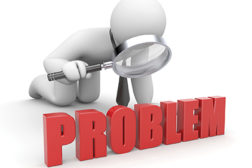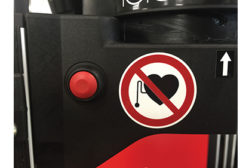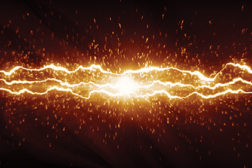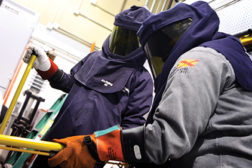Columns
Are you running a safety bureaucracy?
Obsessing over numbers leads to more valueless mandates
February 3, 2015
Flash testing research program announced
IEEE and NFPA aim to curb a deadly toll
February 3, 2015
Never miss the latest news and trends driving the safety industry
eNewsletter | Website | eMagazine
JOIN TODAYCopyright ©2024. All Rights Reserved BNP Media.
Design, CMS, Hosting & Web Development :: ePublishing














